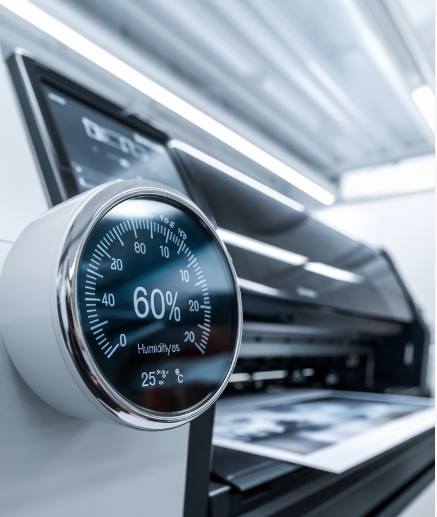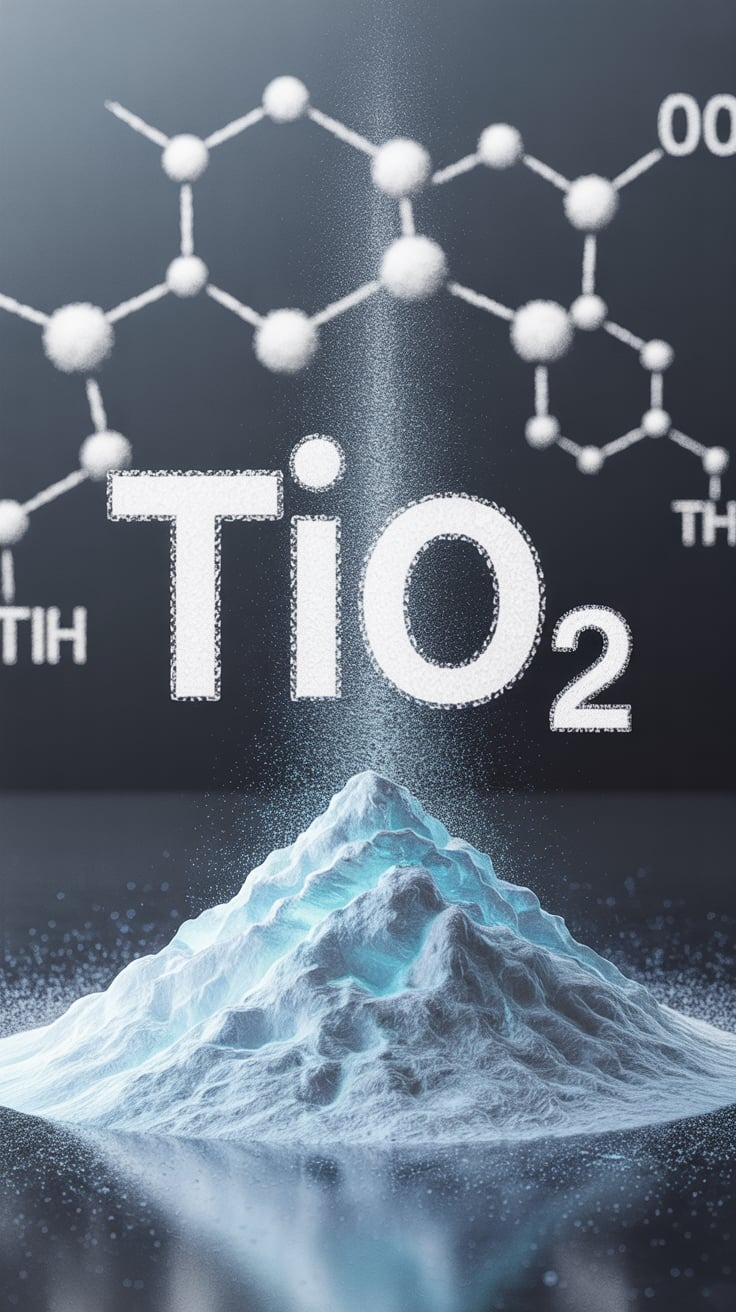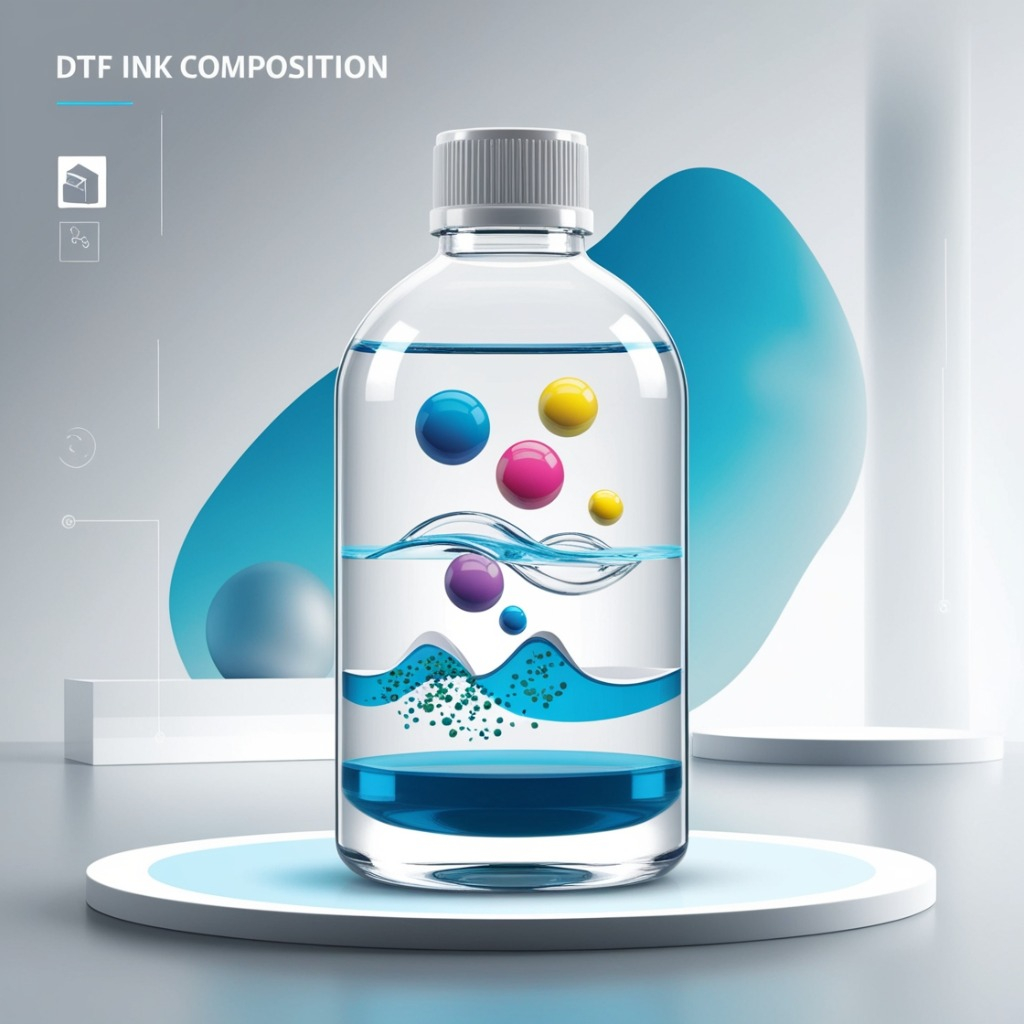
The Importance of Monitoring Temperature and Humidity in the Printing Process
Temperature and humidity are two critical environmental factors that are closely interrelated. Their influence on printing conditions is substantial, as fluctuations in these parameters can significantly affect print quality and consistency. To achieve optimal printing results, it is essential to maintain temperature and humidity within the recommended range.
The Role of Temperature in Printing
Temperature has a profound impact on the printing process, primarily affecting the properties of the ink. When ambient temperature is high, the solvent in the ink evaporates more rapidly, leading to decreased ink viscosity. Viscosity refers to the resistance of a fluid to flow; higher viscosity makes it more difficult for ink to spread evenly on the substrate. If viscosity decreases excessively, it can negatively impact print quality as α portion of the ink is deposited in excessive amounts and in an irregular manner. Therefore, monitoring ink viscosity in high-temperature environments is crucial. To counteract increased viscosity, additional solvent may be required. Alternatively, an air conditioning system can help maintain optimal temperature conditions.
Conversely, low temperatures can also cause complications. Reduced temperatures decrease the solubility of the ink, potentially leading to partial solidification. This affects the ink’s transferability to the printing surface, slowing down the process and distorting colors. In extreme cases, sedimentation may occur, clogging the printhead nozzles. To mitigate these issues, stirring the ink unit in low-temperature conditions is recommended.
In summary, excessive heat reduces ink viscosity, increasing the risk of leaks, while low temperatures elevate viscosity, potentially leading to nozzle blockages.
The Impact of Humidity on the Printing Process
Humidity refers to the amount of moisture in the air and can affect both the substrate and the ink. Among substrates, paper is particularly sensitive to humidity due to its hygroscopic nature, while materials such as films or metallic sheets are less affected.
Incorrect humidity levels in the work environment can compromise the performance of aqueous and solvent-based inks. Low humidity creates a dry atmosphere, accelerating solvent evaporation. Rapid drying can cause ink blockages, leading to inconsistent spray patterns. On the other hand, excessive humidity increases the moisture content in the ink, causing it to spread uncontrollably on the substrate. This extended drying time can reduce image sharpness and definition.
Additionally, low humidity levels can generate static electricity, which attracts dust and debris to the substrate surface. This can lead to ink fading and lighter impressions on the final print.
Ideal Temperature and Humidity for Printing
To ensure high-quality prints and efficient turnaround times, controlling temperature and humidity is imperative. The optimal temperature range for printing environments is between 20℃ and 30℃. An HVAC system is recommended for maintaining these conditions. Similarly, humidity levels should be kept within 50% to 70%. Using a hygrometer to monitor humidity levels is advisable, while humidifiers or dehumidifiers can help regulate moisture levels as needed. By maintaining stable temperature and humidity conditions, print quality can be significantly enhanced, reducing errors and ensuring consistent results.
Conclusion
In conclusion, temperature and humidity play a pivotal role in the printing process, directly influencing ink behavior, substrate quality, and overall print consistency. Failure to control these factors can lead to defective prints, increased waste, and production inefficiencies. By implementing proper monitoring systems and environmental controls, businesses can ensure superior print quality, optimize operational efficiency, and minimize costly disruptions. Investing in the right climate control solutions is essential for maintaining a stable and productive printing environment.





